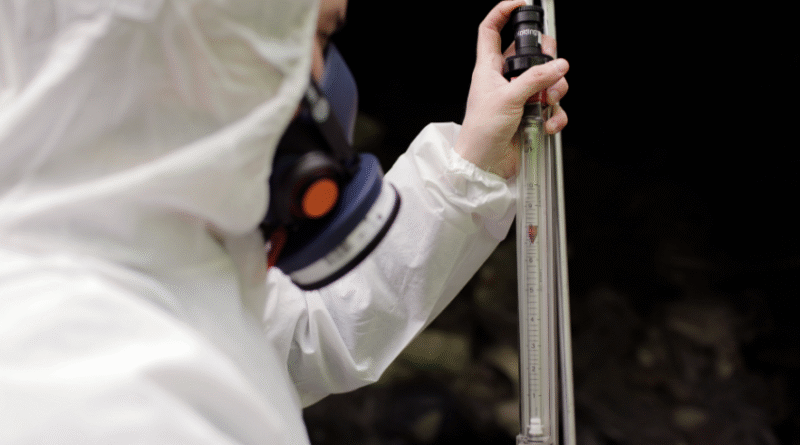Asbestos Testing Ensuring Compliance With Environmental Safety Regulations
Asbestos is a naturally occurring mineral that was widely used in construction and industrial materials due to its heat resistance and strength. While it provided valuable benefits, it has been proven that asbestos fibers can cause serious health issues, including lung diseases and cancer, when inhaled. Because of asbestos testing risks, environmental safety regulations require thorough testing to ensure that asbestos-containing materials are identified and managed properly. Testing is essential not only for the safety of building occupants but also for workers involved in construction, renovation, or demolition projects.
How Is Asbestos Testing Conducted?
Asbestos testing begins with a careful inspection of the property or site. Trained professionals identify materials that may contain asbestos, such as insulation, ceiling tiles, floor tiles, roofing shingles, and older cement products. Samples of these materials are then collected using safe and controlled methods to prevent the release of fibers into the air. Once collected, the samples are sent to certified laboratories for analysis using specialized techniques, including polarized light microscopy and electron microscopy. These methods ensure accurate detection of asbestos fibers, even in very small quantities.
What Are the Benefits of Proper Testing?
Proper asbestos testing provides multiple benefits. First and foremost, it protects health by identifying materials that could pose a risk of exposure. Early detection allows for safe management, removal, or encapsulation of asbestos-containing materials before they become a hazard. Additionally, testing ensures compliance with environmental safety regulations, avoiding potential fines or legal consequences for building owners and contractors. Businesses and property owners can demonstrate their commitment to safety, which is important for both reputation and legal accountability.
Testing also provides valuable information for renovation or demolition projects. Knowing where asbestos is present helps contractors plan work safely, use appropriate protective equipment, and follow proper disposal procedures. This reduces the risk of accidental exposure for workers and the surrounding community. Furthermore, thorough testing can prevent costly delays or emergency interventions during construction or maintenance work.
What Regulations Govern Asbestos Management?
Environmental safety regulations are designed to control exposure to asbestos and protect public health. These regulations often require that testing be conducted by certified professionals and that all asbestos handling, removal, and disposal follow strict guidelines. Compliance ensures that hazardous fibers do not contaminate the air, water, or soil. Regulations also dictate how asbestos waste must be transported and disposed of in approved facilities to prevent environmental contamination.
Building owners and contractors are responsible for following these regulations. Failure to comply can result in serious consequences, including fines, legal liability, and increased health risks for occupants and workers. Regular testing and documentation of results are crucial to demonstrating compliance and maintaining a safe environment.
How Can Property Owners Ensure Safety?
Property owners can ensure safety by hiring certified asbestos inspectors and following recommended testing schedules. It is important to act proactively, especially when dealing with older buildings or materials that may have been installed before asbestos regulations were strictly enforced. Owners should also maintain detailed records of inspections, tests, and any removal or remediation work performed. These records are valuable for future maintenance, renovations, or when selling the property.
Education and awareness are also essential. Understanding where asbestos may be present and how to handle it properly helps prevent accidental exposure. Property owners, facility managers, and workers should all be informed about best practices, protective measures, and regulatory requirements.
What Steps Follow After Testing?
After testing, results determine the next steps. If asbestos is detected, professionals will assess the level of risk and recommend appropriate action. This may include sealing or encapsulating materials, performing controlled removal, or implementing ongoing monitoring. Each approach is designed to minimize the release of fibers and ensure long-term safety. By following these procedures, buildings remain compliant with regulations and safe for occupants and workers.
In conclusion, asbestos testing is a critical part of environmental safety and regulatory compliance. Through careful inspection, accurate analysis, and proper management, it is possible to protect health, prevent legal issues, and maintain safe living and working environments. Regular testing, education, and adherence to regulations ensure that asbestos hazards are handled responsibly and effectively.

